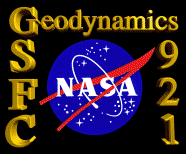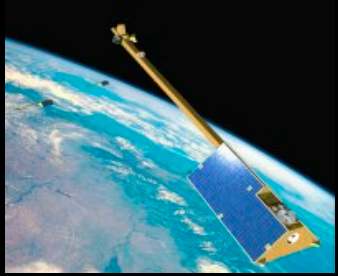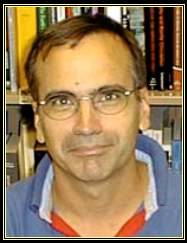

ESA recently approved the Danish-led SWARM mission for a Phase A Study as one of three possible future Earth missions. SWARM is to provide the best description yet of the Earth's magnetic environment, including its particles, fields and currents, and how these change over time. These are important to our understanding of the interior of the Earth as well as the likely vulnerability of the Earth to periods of low magnetic field intensity. For example, it is now known than the Earth's main field is decaying at a rate faster than would be expected even if the fluid motions in the core were suddenly switched off. This "forced decay" may be leading to a major reversal of the Earth's field.
SWARM will provide important new knowledge of the expanding, deepening South Atlantic Anomaly, with its serious implications for low-Earth satellite operations. Geographically, the recent decay of the Earth's magnetic dipole is largely due to changes in the field in that region. The geomagnetic field models resulting from this mission will have practical applications in many different areas, such as space weather and radiation hazards understanding of atmospheric processes related to climate and weather.

|
The SWARM concept consists of a constellation of four satellites in two different polar orbits between 400 and 550 km altitude. Each satellite will provide high-precision and high-resolution measurements of the magnetic field. Together they will provide the necessary observations for the geomagnetic field that is needed to model its various sources. |

|
Mike Purucker is one of several US co-investigators (3 are from GSFC!) on the SWARM science team, and is the only US participant asked by ESA to serve on the Mission Advisory Group (MAG) during the 1.5 year Phase A Study period. At the end of this time a decision will be made as to whether or not SWARM continues on to launch. The main function of the MAG is to formulate the detailed scientific requirements for the new mission and to draft a Mission Requirements Document. |
Contact: Mike Purucker, GSFC, Code 921 (purucker@geomag.gsfc.nasa.gov)
![]()
![]() Back to Geodynamics Science Highlights
Back to Geodynamics Science Highlights
Responsible NASA official: Dr. Herbert Frey